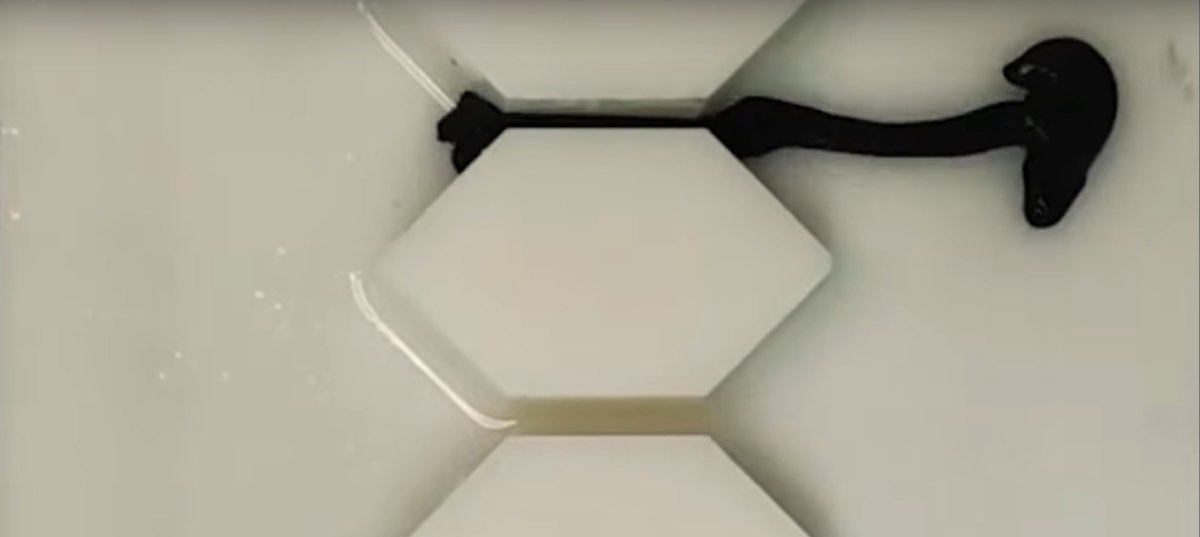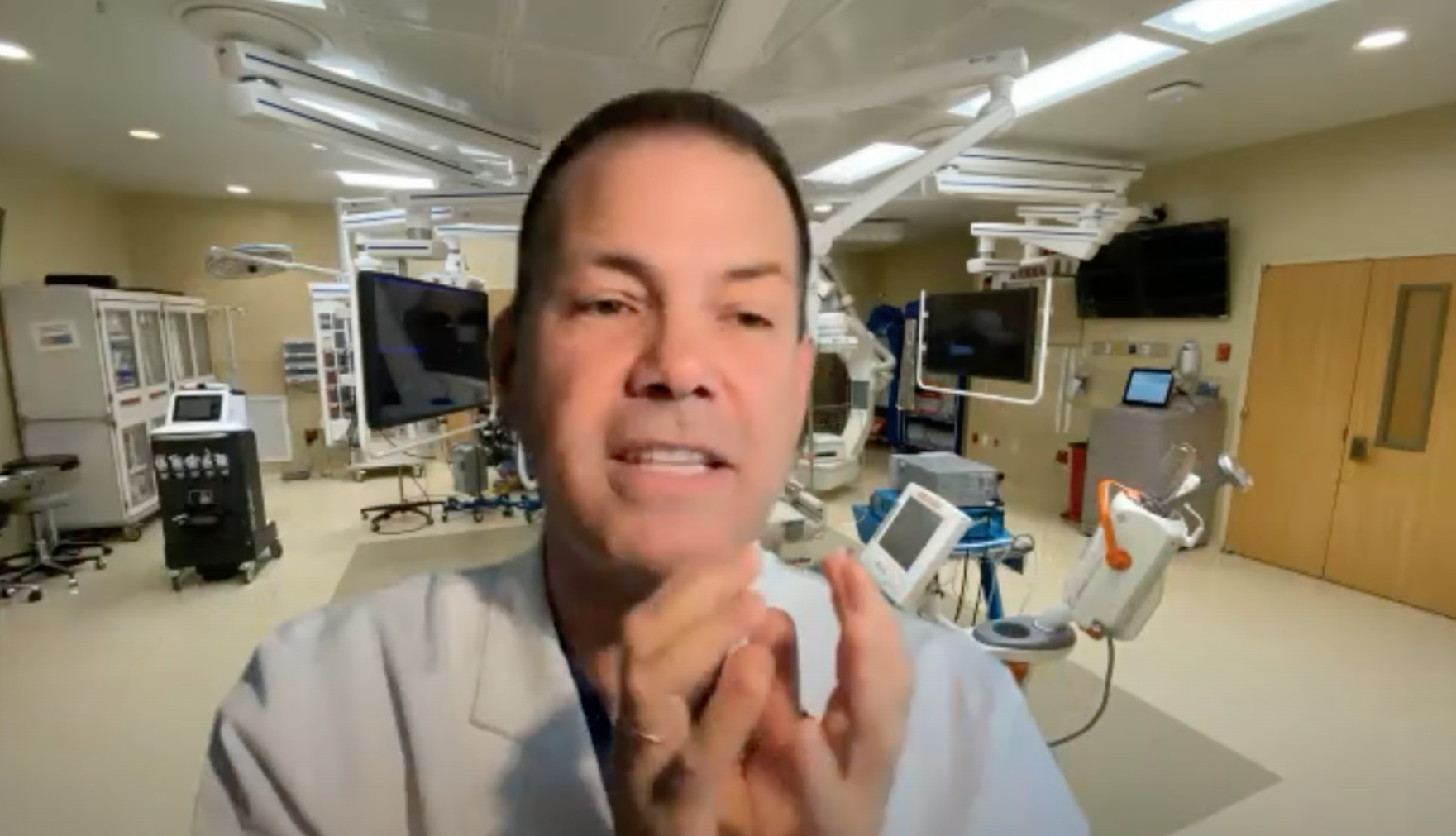Telomeres shorten every time a cell divides. This damages and destabilizes the chromosome and exposes it to aging and cancer. The enzyme telomerase helps repair this damage, but a lack of detailed structural information makes it difficult to understand not only telomerase itself, but telomerase deficiencies, and its potential as a therapeutic target. A research team recently used a new, Nobel Prize-winning technique called cryo-electron microscopy to better understand the behaviors of this potentially cancer-fighting enzyme.
Click here to read the entire study on Nature.








